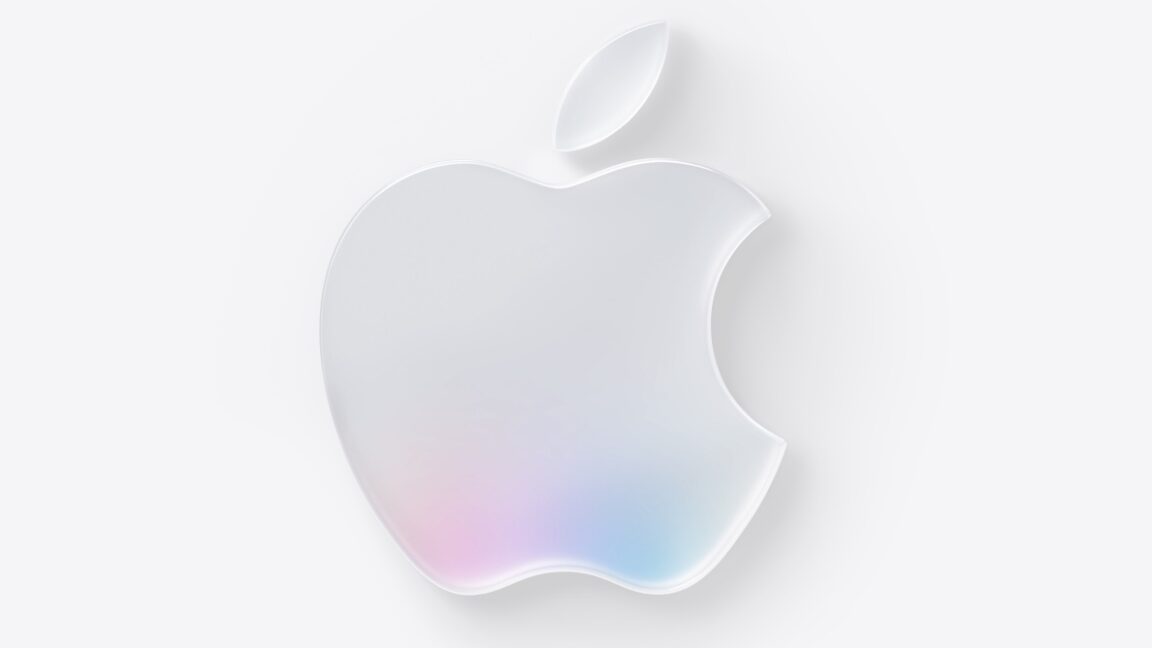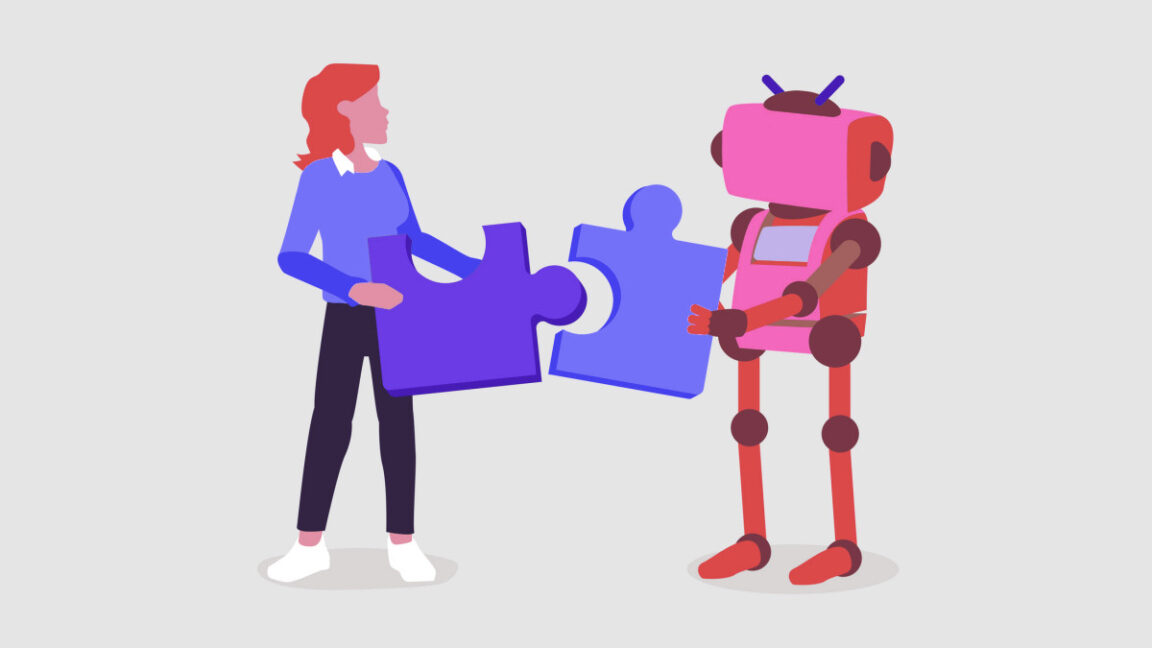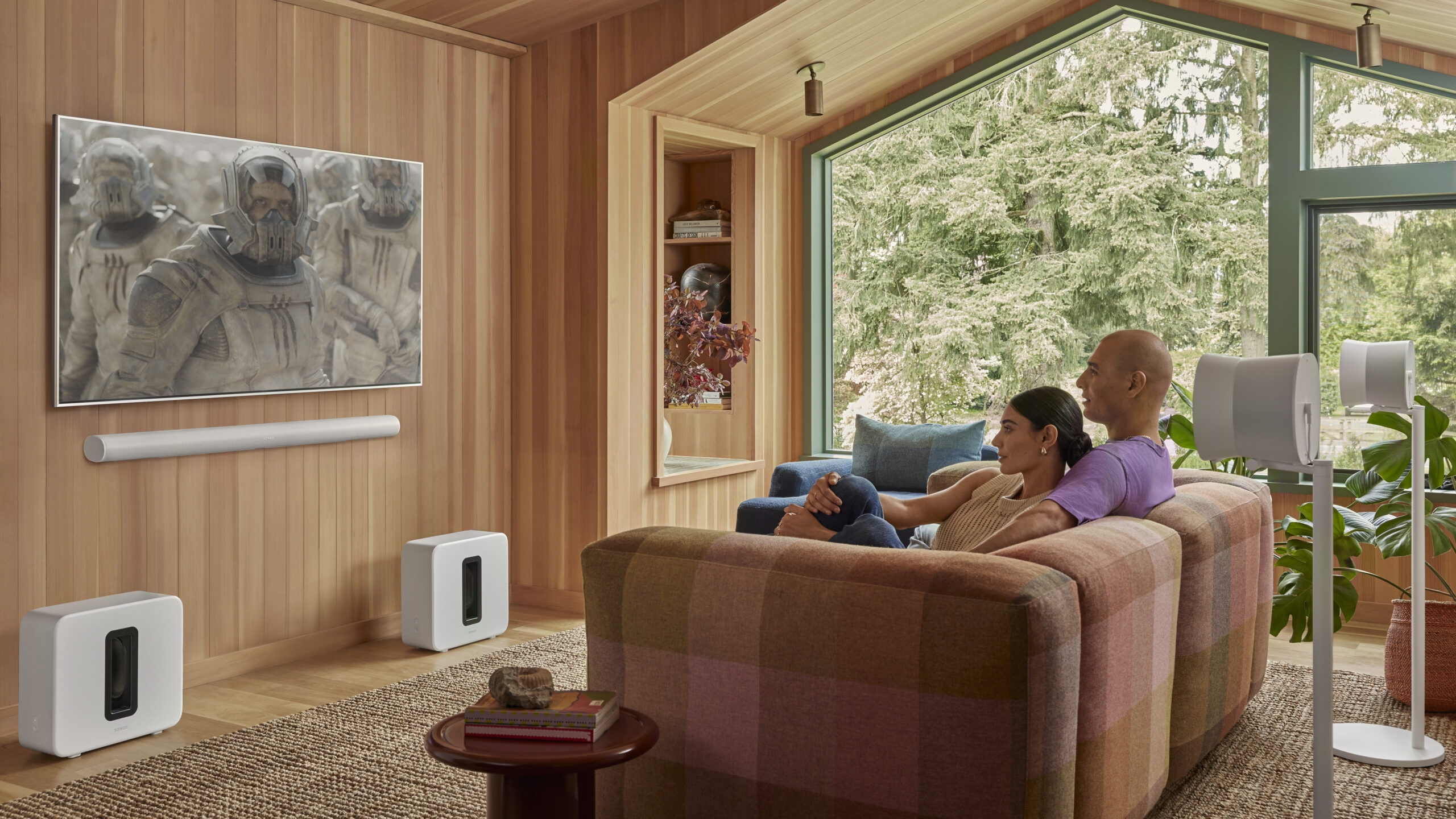Apple's Innovative Smart Home Plans: Robots, Cameras, and Smarter Siri

In the world of tech rumors, speculation about Apple's foray into smart home devices has been buzzing for a while. Recently, insights from an industry insider suggest that Apple’s ambitions might extend beyond the anticipated touchscreen HomePods.
A key highlight in Apple’s roadmap is the "tabletop robot"—described as an iPad mounted on a moveable limb that navigates around a room. This innovation not only follows users with its swivel capabilities but also attempts to capture one's attention for engagement. Initially featuring a 7-inch display similar to an iPad mini, it is equipped with a built-in camera, presumably to facilitate seamless FaceTime calls.
This innovative tabletop robot has a tentative release year set for 2027. However, given the nature of product releases, this could change. Earlier notions in 2025 hinted at a HomePod-esque device integrated with a screen but without robot-like features. Recent updates suggest a shift in focus, with this device now earmarked for a 2026 debut.
Further broadening their smart home repertoire, Apple is reportedly testing home security products that integrate facial recognition technology. This feature could revolutionize how you interact with your home by automating tasks – like unlocking doors or setting the perfect lighting and music before you walk in.
These advancements mirror some of the paths Amazon has tread with its Astro robot and various smart displays. Despite Amazon's recent rollbacks on hardware initiatives, Apple appears determined to push forward.
The makeover isn't limited to devices. Siri, Apple's voice assistant, is undergoing a transformation powered by advanced language models comparable to ChatGPT and Microsoft's Copilot. This upgrade, initially paired with the 2024 iOS 18 release, was delayed but is now anticipated to roll out with the latest software versions. Two distinct versions of Siri are in testing: one grounded in Apple’s in-house language model and another employing external contributions, such as those from Anthropic's Claude.



